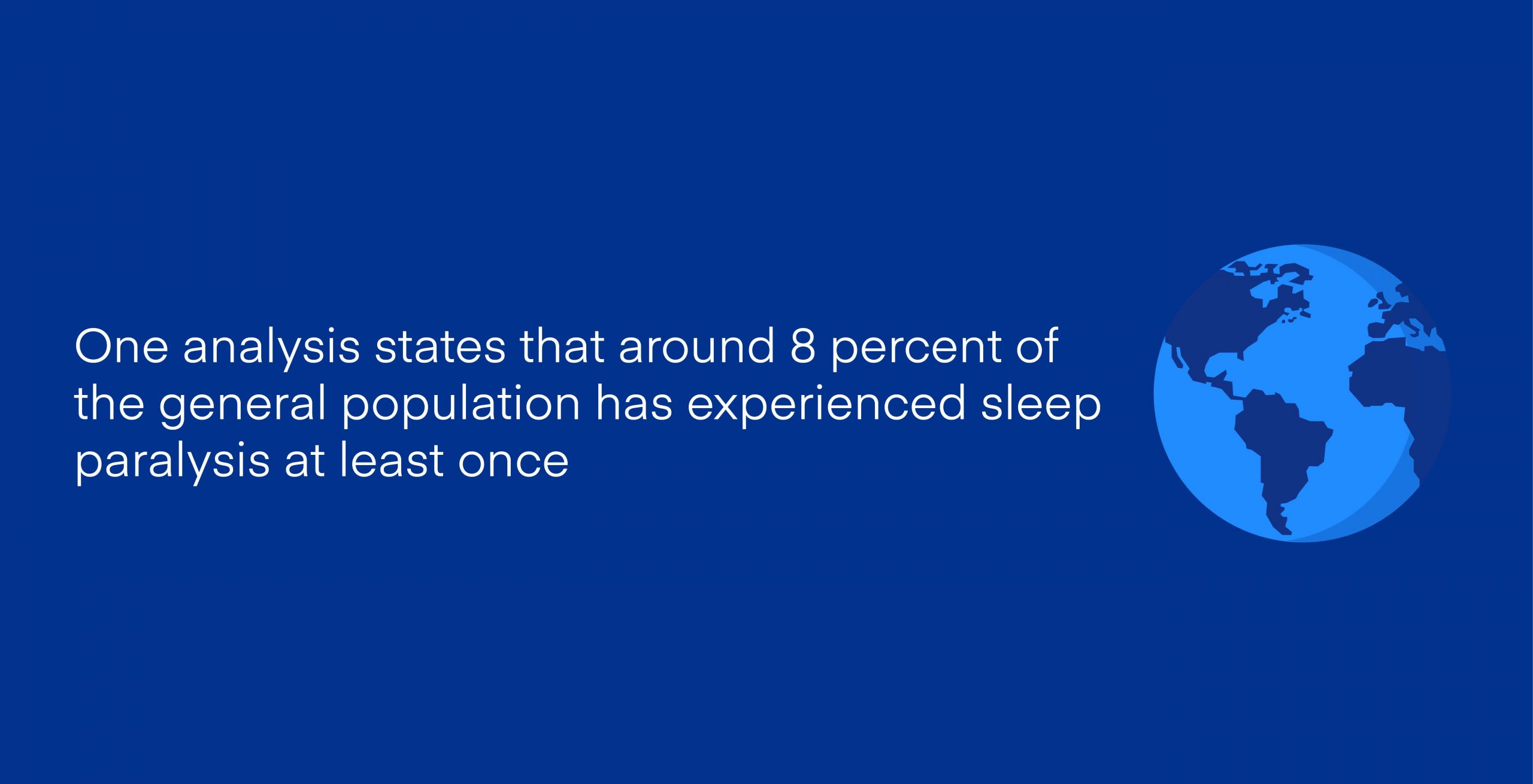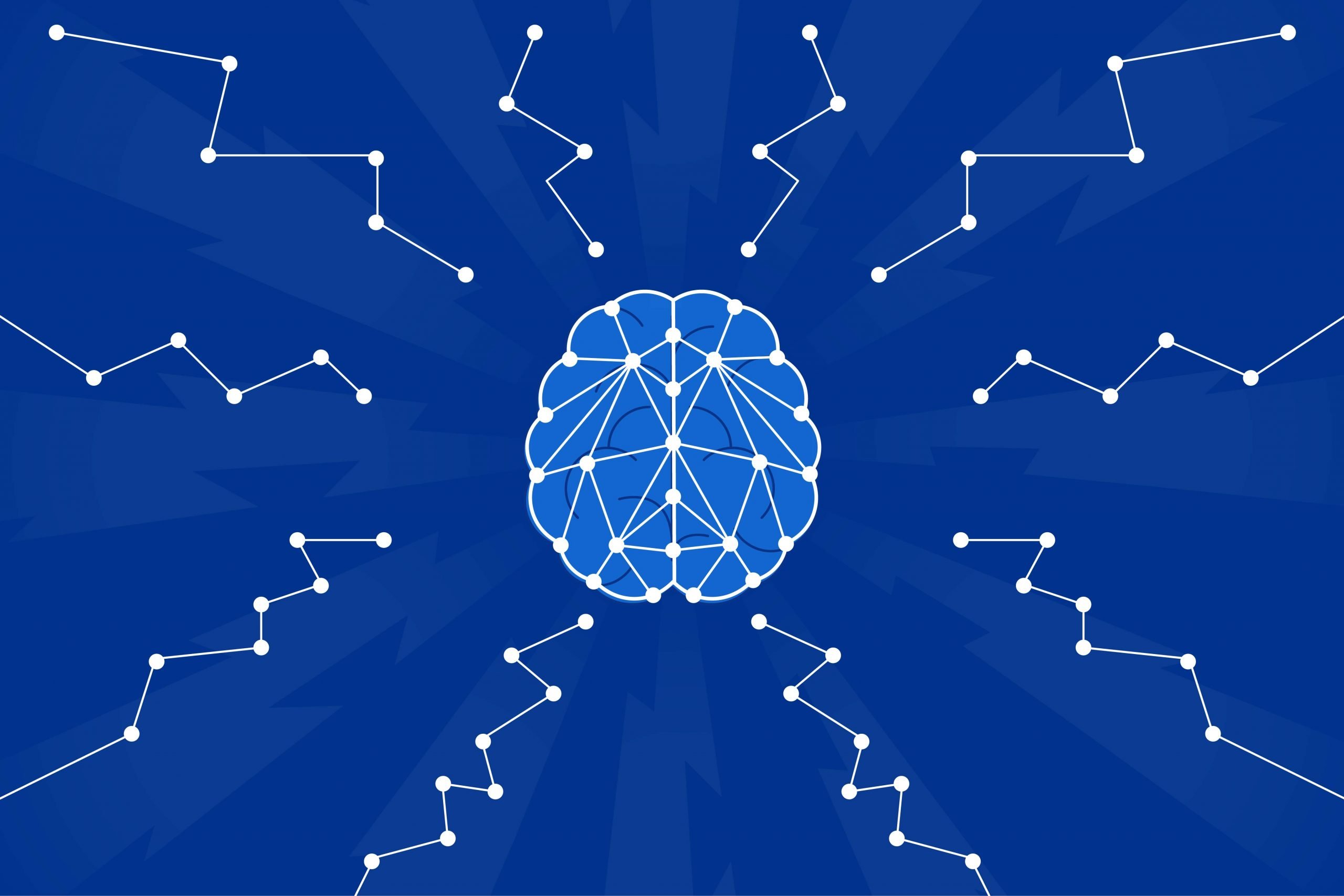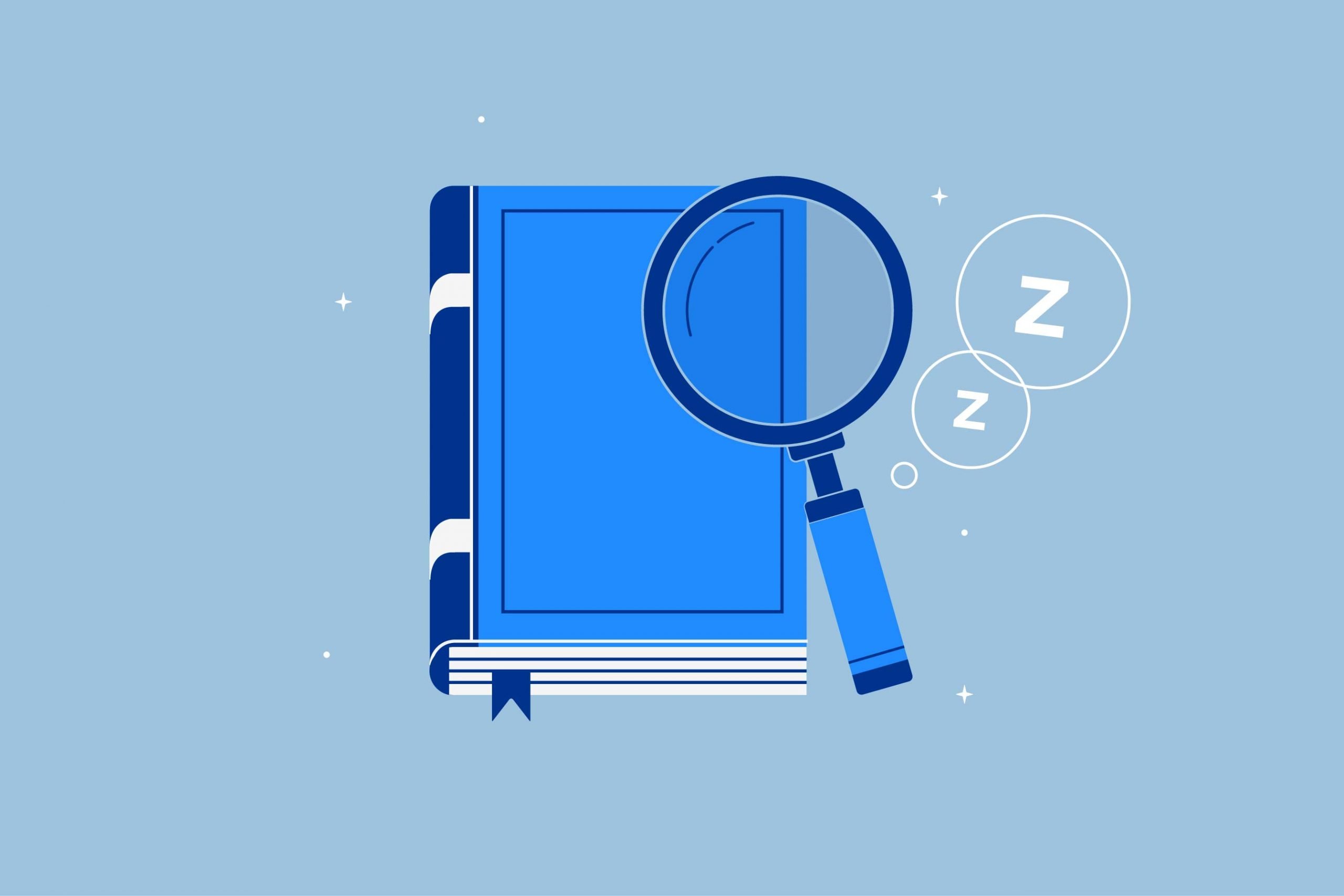Key Takeaways
- Understanding Sleep Paralysis: Sleep paralysis is a phenomenon characterized by the inability to move the body when falling asleep or waking up, often accompanied by hallucinations. It occurs during the transition between wakefulness and sleep and is associated with the REM (Rapid Eye Movement) sleep stage.
- Symptoms and Prevalence: Symptoms of sleep paralysis include temporary paralysis of the body, inability to speak or breathe easily, fear or anxiety, and hallucinations. It is a relatively common experience, with estimates suggesting that about 8% of the general population has experienced it at least once. It is more prevalent in students and individuals with certain sleep disorders or mental health conditions.
- Diagnosis and Management: Sleep paralysis is typically diagnosed based on a person’s description of their experiences and sleep patterns. A sleep study may be recommended in some cases. Managing sleep paralysis involves addressing any underlying conditions, reducing stress, and improving sleep hygiene. Coping strategies, such as remaining calm during episodes, can also be helpful in dealing with sleep paralysis.
It’s the stuff of nightmares: you wake up, only to discover that you can’t move your body. You begin to panic and frantically look around to make sure no one is in your room holding you down. You can’t speak or even make a sound. There is nothing you can do. You’re paralyzed.
After a few minutes, or even just a few seconds, the terrifying experience is over. You wiggle your fingers freely, realize that the towering figure in the corner is just a houseplant, and allow your heart rate to settle back to normal.
If you’ve ever experienced this strange phenomenon, you know how unsettling it can be, but you may not realize that it has a name. The inability to move the body as you wake up or fall asleep, often accompanied by hallucinations, is called sleep paralysis.
In this article, we’ll dive into exactly what sleep paralysis is, who is most at risk for experiencing it, and what you can do about it if, or when, you do.
Understanding What Happens with Sleep Paralysis
To understand sleep paralysis, it’s essential to have an understanding of Rapid Eye Movement (REM) sleep and non-REM sleep. When we sleep, we move through different stages of non-REM and REM sleep.
We start off in non-REM sleep, which takes up about 75 percent of our overall sleep time, before moving to REM sleep. Then we start the cycle over and move from REM sleep to non-REM sleep. Such a cycle of REM and non-REM sleep lasts approximately 90 minutes.
Scientists still have much to learn about sleep paralysis. While they don’t understand exactly why sleep paralysis happens, they have a good sense of what is happening. The condition is classified as a “parasomnia” or an abnormal sleep event. Because it is related to REM sleep, it is more specifically classified as a REM parasomnia.
When you fall asleep, your body goes into a relaxed state. In the REM sleep stage, your brain comes alive with activity. This is when you dream, and your eyes, though closed, move quickly back and forth. At the same time, your muscles settle into a near-paralysis state called atonia. In atonia, all voluntary movement stops, while involuntary movements (i.e., breathing) continue.
At the right time, muscle atonia is a good thing. If you can’t move, you can’t act out your dreams in your sleep, potentially causing harm to yourself or others. Usually, atonia and REM sleep go hand-in-hand; you won’t experience one without the other. However, when the two are not working in tandem, sleep disorders like Verified Source Medline Plus Online resource offered by the National Library of Medicine and part of the National Institutes of Health. View source talking and movement (REM sleep without atonia) and sleep paralysis (atonia without REM sleep) can occur. Dr. Renske Lok says, “It is a sign that your body is not moving smoothly through the different stages of sleep.”
Episodes of sleep paralysis occur on the perimeters of sleep when drifting off or waking up. With hypnagogic or predormital sleep paralysis, atonia takes hold of your body as you fall asleep before your mind has reached REM. Hypnopompic or postdormital sleep paralysis occurs in the opposite direction when atonia lingers beyond REM as you wake up.
Symptoms of sleep paralysis include:
- Temporary loss of movement in the body
- The inability to speak
- Difficulty breathing
- Fear or anxiety
- The feeling of pressure on the chest
- Hallucinations
As frightening as sleep paralysis may be, you can rest easy knowing that it presents no real physical danger. Additionally, sleep paralysis is brief and temporary. Each episode lasts somewhere between a few seconds and several minutes.

The Terror of Hallucinations
The hybrid sleep-wake state that causes sleep paralysis can impact your mind as well as your body. You are fully awake and aware of what’s happening, but your mind may not have fully emerged Verified Source Cleveland Clinic Ranked #2 hospital by U.S. News & World Report and one of the largest academic medical centers in America. The Cleveland Clinic serves patients from all over the world. View source from the REM sleep where vivid dreams happen. It is in this blurred state that hallucinations, also called waking nightmares, materialize.
As many as 75 percent of sleep paralysis episodes may include hallucinations Verified Source National Library of Medicine (NIH) World’s largest medical library, making biomedical data and information more accessible. View source These all-too-real perceptions can consist of visual, auditory, or sensory elements. Sometimes, they’re simply a morphing of reality, as with the houseplant that the mind sees as a threatening figure in the corner. Other times, they include physical sensations.
Hypnagogic and hypnopompic hallucinations – that is, hallucinations that occur in the transitions between wakefulness and sleep – fall into three categories: Verified Source ScienceDirect One of the largest hubs for research studies and has published over 12 million different trusted resources. View source
- Intruder: You may sense a threatening presence in the room and may even hear sounds like footsteps or other perceived indications that you’re not alone.
- Incubus: Pressure on the chest, feeling of suffocation, difficulty breathing, and even pain are common, along with the feeling that someone or something is on top of you, pushing you down.
- Vestibular-motor: Also called “unusual body experiences,” you may feel as though you’re falling, flying, floating, or even have an out-of-body experience.
Global Experiences
While estimates vary widely across studies, one analysis states that around 8 percent of the general population Verified Source National Library of Medicine (NIH) World’s largest medical library, making biomedical data and information more accessible. View source has experienced sleep paralysis at least once. The condition is even more prevalent for students and those under psychiatric care, with incident rates around 32% and 28%, respectively.
Worldwide, researchers have documented more than 100 current and historical terms to describe sleep paralysis, many of which reflect a universal experience.
Fear and Bliss in Sleep Paralysis
Fear is a common theme in sleep paralysis. This comes as no surprise, given the powerful combination of immobility and threatening hallucinations. In one study, 98 percent of participants Verified Source National Library of Medicine (NIH) World’s largest medical library, making biomedical data and information more accessible. View source reported feeling fearful during an episode.
However, in some instances, sleep paralysis may actually be pleasant. Verified Source Wiley Multinational publishing company specializing in academic and instructional materials. View source These good sleep paralysis experiences are often associated with vestibular-motor hallucinations such as floating or flying.
Understanding Your Risk for Sleep Paralysis
Sleep paralysis may present as a symptom of other conditions or on its own, in which case it is referred to as isolated sleep paralysis. While scientists have yet to pinpoint the reasons for the condition, they have begun to identify the circumstances Verified Source ScienceDirect One of the largest hubs for research studies and has published over 12 million different trusted resources. View source in which it is more likely to occur.
Sleep paralysis is commonly listed as a symptom of narcolepsy, Verified Source Medline Plus Online resource offered by the National Library of Medicine and part of the National Institutes of Health. View source a sleep disorder that causes sufferers to suddenly fall asleep during the daytime. Other sleep events and disorders (nightmares, insomnia, and obstructive sleep apnea Verified Source Medline Plus Online resource offered by the National Library of Medicine and part of the National Institutes of Health. View source ) and mental health disorders (post-traumatic stress disorder – PTSD Verified Source National Library of Medicine (NIH) World’s largest medical library, making biomedical data and information more accessible. View source – and anxiety or even high stress) are also associated with a higher incidence of sleep paralysis.
Poor sleep quality is one of the strongest predictors for sleep paralysis episodes. Irregular or disrupted sleep patterns, often due to travel, overnight work schedules, or other circumstances, may prompt episodes of sleep paralysis. Sleeping on your back and the use of certain medications may also increase the risk.
Sleep paralysis affects both genders, with no clear evidence that one gender experiences the condition more often than the other. Ethnicity and age may be risk factors: Caucasians seem to have a slightly lower risk for sleep paralysis episodes than individuals of other races, and students report higher incidences of sleep paralysis than the general population.
Finally, family history may play a role. While scientists haven’t yet identified a genetic predisposition for sleep paralysis, anecdotal evidence points toward a link. “Sleep paralysis can occur at any age, but first symptoms often show up in childhood, adolescence or young adulthood,” says Dr. Lok.
Fighting the Fear: Diagnosing and Treating Sleep Paralysis
Diagnosing Sleep Paralysis and Its Underlying Conditions
For most people, sleep paralysis requires no diagnosis. However, frequent episodes of sleep paralysis may indicate or develop into a bigger issue, particularly when recurring hallucinations lead to anxiety around sleep. Further, recurrent isolated sleep paralysis Verified Source National Library of Medicine (NIH) World’s largest medical library, making biomedical data and information more accessible. View source (RISP) is itself a recognized condition.
There are no tests available to definitively diagnose sleep paralysis. A general practitioner can employ a few methods Verified Source Medline Plus Online resource offered by the National Library of Medicine and part of the National Institutes of Health. View source to determine whether you are suffering from RISP or an underlying condition.
A general practitioner will often request that patients keep a sleep diary. This helps to track and identify your overall sleep patterns related to sleep paralysis over time. If narcolepsy is suspected, your doctor may ask you to monitor daytime sleepiness as well as your nighttime slumber.
An assessment of your medical history can also be helpful. Understanding your family history of sleep disorders, any medications you are taking, or other symptoms you’re experiencing is key in determining the root cause of your sleep paralysis.
In some cases, a sleep study, Verified Source Medline Plus Online resource offered by the National Library of Medicine and part of the National Institutes of Health. View source also known as a polysomnography Verified Source Medline Plus Online resource offered by the National Library of Medicine and part of the National Institutes of Health. View source may be recommended. These studies are typically recommended if your doctor suspects that another sleep issue is present. Sleep studies are conducted by specialists who monitor your mental and physical activity while you sleep. These studies will track data related to your brain waves, eye movements, and breathing.
Treatment of Sleep Paralysis
When diagnostic methods uncover a related issue such as narcolepsy or anxiety, treating that condition with medication or therapy may help to resolve recurrent sleep paralysis. Another common way to manage sleep paralysis is by reducing stress and improving sleep hygiene.
Ways to reduce your stress levels include:
- Engage in regular physical activity (which can also improve your sleep, but make sure to not do it during the late evening!).
- Take time to focus on yourself and do things you enjoy.
- Spend time with friends and family.
- Practice gratitude.
Additionally, here are five tips to improve the quality of your sleep:
- Follow a consistent sleep schedule.
- Create a comfortable sleep environment.
- Manage your screen time before bed.
- Spend time outside every day, ideally during lunch time.
- Establish a bedtime routine, also known as basic sleep hygiene.
Even with the best of efforts, these methods can’t guarantee that sleep paralysis won’t ever happen to you again. For those moments, try this four-part method Verified Source National Library of Medicine (NIH) World’s largest medical library, making biomedical data and information more accessible. View source to get through it:
- Assess the situation. Identify that you’re experiencing sleep paralysis, an ordinary condition that can’t harm you. Remind yourself that sleep paralysis is temporary and that the hallucinations are not real.
- Distance yourself from fear. Because sleep paralysis is normal and can’t harm you, there’s no reason to be afraid.
- Shift your focus inward. Fix your attention to a positive memory or to your breathing, ignoring the feeling of your body or whatever you perceive to be in the room.
- Relax your muscles. Instead of fighting the paralysis, allow it.
Regularly practicing these four steps may help you recall them when you need it most, before panic and fear take over. Asking a sleep partner to help can be another way to bring you out of sleep paralysis when it occurs.
FAQs
What happens during sleep paralysis?
During an episode of sleep paralysis, you feel awake but unable to move as if you are still asleep. People who are experiencing sleep paralysis may also feel as if they are choking and find it difficult to breathe. These sleep paralysis episodes can occur as you are falling asleep or waking up.
How can I stop sleep paralysis?
A healthy sleep routine can minimize your chances of a sleep paralysis episode. Get a full night’s sleep and go to sleep at roughly the same time every night. Exercising every day (but not late at night) and establishing a healthy sleep hygiene routine can also help you sleep better at night.
It can also help to prepare coping strategies for a sleep paralysis episode. Remind yourself that the effects are only temporary and soon you’ll be able to move about again.
How does sleep paralysis end?
An episode of sleep paralysis will usually end on its own. A touch from someone else or hearing their voice may also draw you out of a sleep paralysis episode. Sleep paralysis episodes are relatively short, lasting only a few seconds to a couple of minutes.
Can you breathe during sleep paralysis?
Yes, if you are experiencing a sleep paralysis episode you will continue to breathe, though it may feel as if it’s a struggle. During sleep paralysis, it may seem as if your breath is coming short, that there is a heavy weight on your chest. This perceived inability to draw breath can increase the sense of panic and fear a person feels during a sleep paralysis episode.
Can anyone get sleep paralysis?
Yes, it’s possible for anyone to experience a sleep paralysis episode. However, most sleepers will only experience sleep paralysis once or twice in their lives. People with a sleep disorder like insomnia or narcolepsy are at a higher risk of sleep paralysis.
Conclusion
Sleep paralysis is a condition marked by the inability to move your body upon falling asleep or waking up. While it often is accompanied by frightening hallucinations, sleep paralysis does not cause harm. By identifying and treating any underlying conditions and improving your sleep health, you can help to manage sleep paralysis to help ensure a good, fear-free night of sleep.
About the author
Carolyn Rousch is a freelance lifestyle writer and hobby photographer based in Tucson, Arizona. With a master's degree in data analytics from Texas A&M University, Carolyn brings a unique perspective to her writing. Her passion for helping people embrace their best lives drives her interest in sleep and well-being. Carolyn's expertise on sleep paralysis, as showcased in her article "Everything You Need to Know About Sleep Paralysis," reflects her dedication to delivering valuable and reliable information.
View all posts





